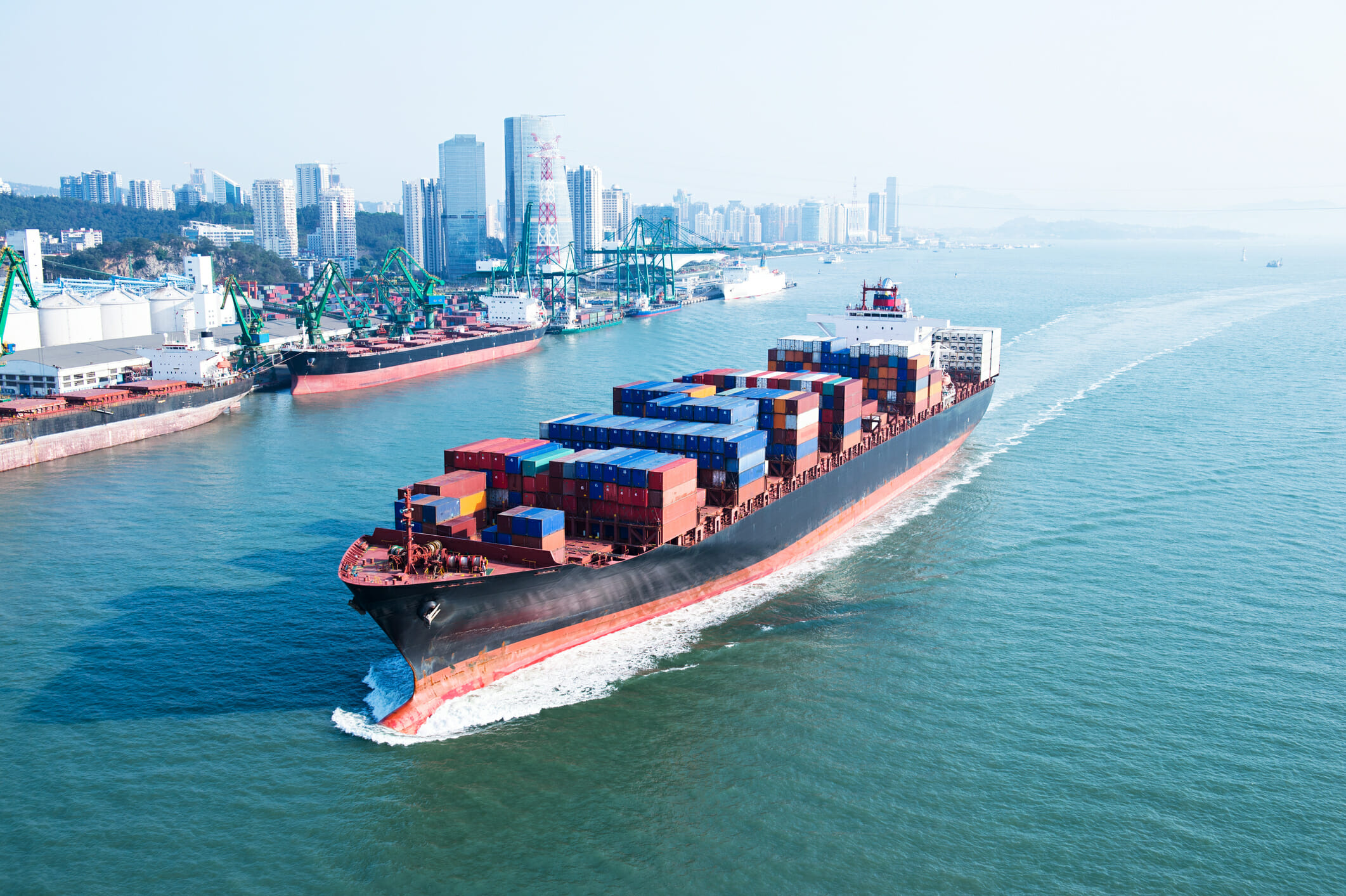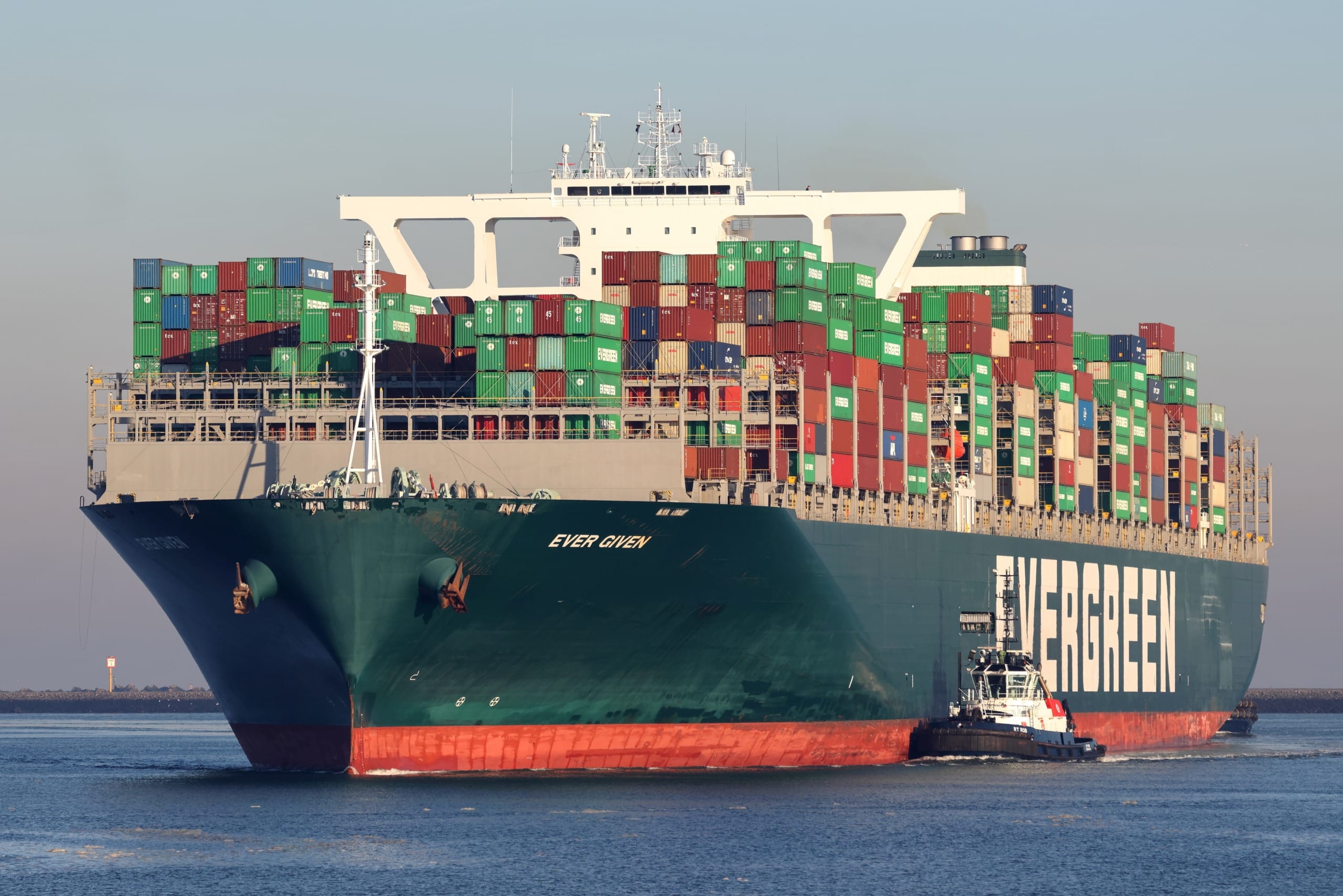
The initial shock of the COVID-19 pandemic has begun to subside and many economies throughout the world are beginning to recover and open back up. The transformative impact on consumer demand and global supply-chains has forced many companies worldwide to make drastic changes to how they operate. Now that the global economy seems to be reverting back to a more normative state, and in preparation for the future, many companies are asking the following questions:
What Will Post-Pandemic Manufacturing Look Like?
Alternatives to China Manufacturing
The pandemic has been but another dividing factor in an already incredibly nuanced relationship between the United States and China. The manufacturing sector in China has been greatly disrupted due to government-enforced lockdowns and restrictions. Companies are now strongly considering alternatives for all kinds of manufacturing needs including contract manufacturing and turnkey manufacturing in Asia. This has been highlighted as many supply chains have incurred negative impacts due to relying too heavily on China. Alternative manufacturing destinations include India, Vietnam, Thailand, and other countries part of the ASEAN (Association of Southeast Asian Nations). Although there are challenges when moving away from manufacturing in China, there are unique upsides to manufacturing in alternative locations.
Travel Restrictions and Changes to On-the-ground Operations
Restrictions, health risks, and mandated quarantines have made it impossible for U.S. firms to travel to manage production and conduct quality control in China and other Asian countries. Companies are now incentivized to outsource manufacturing and utilize the assistance of professionals such as a China sourcing agent to oversee on-the-ground operations and quality assurance. These agents also have added benefits in that they can act as a bridge in communication and facilitating overseas manufacturing partnerships. While it may still be worthwhile in the future, until this type of travel is unrestricted, sourcing agents will be key to maintaining a smooth production process.
2. How Will the Post-Pandemic Consumer Impact the Landscape of Consumer Demand and Supply Chains?
Shifts in Consumer Demand
The economic impact and societal reaction to COVID-19 regarding social distancing, stay-at-home restrictions, along with many other facets have altered consumer behavior. For example, consumers are now much more comfortable with online purchasing and an overall more digital approach to consumerism. Amazon has seen a spike in overall demand and especially in certain categories such as groceries and home basics. Many consumers who have grown accustomed to shopping for certain types of products online are unlikely to return to their prior in-store shopping habits. Due to economic instability and shortages of certain products, brand loyalty is dying and consumer tastes are changing. There are signs that show that consumer demand for goods has been drastically lowered since the onset of the pandemic but is now beginning to pick back up. This bodes well for companies that are able to take advantage of new consumer demand and adjust their supply chains to meet consumer needs.
Stronger, Smarter Supply Chains
In this world of shifting consumer behaviors and uncertainty regarding the future, stronger, smarter supply chains are critical for sustaining long-term growth in a business. The COVID-19 pandemic has shown the world how vulnerable global supply chains can be when faced with an unprecedented crisis. The time is now for companies to identify the weaknesses in their supply chains and create plans to mitigate risk. This can be done through the assistance of knowledgeable supply chain consultants who have expertise in structuring supply chains to increase flexibility and avoid expensive costs due to unforeseen events such as a pandemic. Professional supply chain management can also lead to establishing a DFM (design for manufacturing) and diversifying a company’s supply chain so as to not be too dependent on one source or country such as China.
The long-term effects caused by the COVID-19 pandemic are yet to be understood and perhaps won’t be for years and years to come. Businesses will be asking critical questions to figure out how to survive in the post-COVID world. Understanding the trends in overseas manufacturing and consumer demand will be crucial to establishing a resilient, modern supply chain that can withstand the challenges of tomorrow.
Contact Us





Follow Us